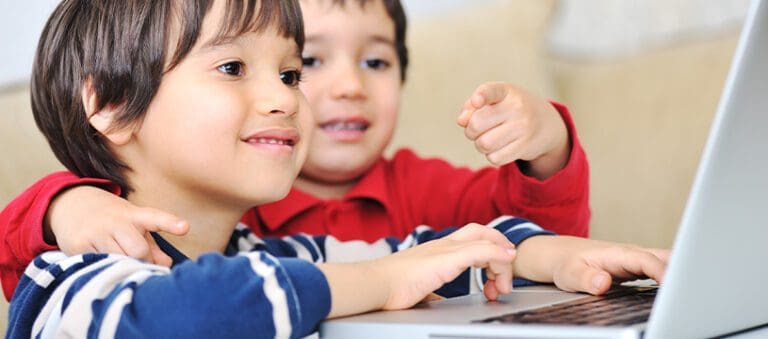The question of whether to continue classroom observations during the pandemic has stimulated debate and led to varied responses as teaching and learning contexts have shifted from in person to hybrid, remote, and other strategies. Some people have argued that the challenges of new and shifting instructional arrangements make observations logistically difficult. Others have observed that conducting observations adds needless and avoidable stress for educators. Still others question whether the information collected is useful since disruptions and frequent transitions undermine the consistency of instruction and flow of learning.
Each of these arguments has a measure of merit. Traditional in-person walk-throughs are not as accessible in hybrid settings and not practical in remote learning arrangements. Yet, technology tools available in most schools make virtual visits to online classes manageable and breakout rooms, chat messages, and other features make connecting with and listening to students doable. The argument that observations during challenging times can add stress makes sense. However, the purpose of classroom observations as opportunities for support and improvement, not as opportunities for embarrassment and criticism, needs to be emphasized even more during the pandemic than at other times. We need to reinforce the purposes of observations and potential benefits to reassure and dispel unfounded concerns. Finally, while use of information collected from observations during this time might not be useful to inform year-to-year trends, there are compelling reasons to collect data even now.
Despite the challenges and adaptations to be thought out, here are eight reasons to consider conducting classroom observations, even during the pandemic. First, classroom observations can reinforce our commitment to and support for the work of educators. Taking time to observe, listen, reflect, and converse conveys respect, caring, and value for the work going on in classrooms.
Second, classroom observations now can support the collection of information regarding how learning and teaching processes are continuing while under stress. Examples of adaptations, innovation, and creativity can be shared within the school community and communicated to the community at large as reassurance that learning and teaching continue despite the pandemic.
Third, observations can reveal needs and challenges that are not obvious and may not have been identified through other channels. Teachers may be reluctant to report some conditions that limit their effectiveness. In some instances, they may not even be aware of barriers and limits that classroom observations can surface.
Fourth, classroom observations can reveal resource needs and inconsistencies that need to be addressed. Again, individual teachers may not be aware of technology and other resources that could be made available if the need is documented. Real-time observations can inform decision makers and result in better, more equitable distribution of resources.
Fifth, classroom observations and conversations can help to identify professional learning needs that are unique to the pandemic. For example, multiple observations may reveal a common issue with a technology tool and point to the need for additional instructional and classroom management strategies.
Sixth, classroom visits can support the collection of stories of resilience, quality practices, uninterrupted learning, and heroism to share as inspiration and examples to others. Often a compelling example or powerful story can give hope to persist despite the challenges.
Seventh, classroom observations are important opportunities to communicate caring and support for the work of educators in personal and specific ways. It is important to offer general support and gratitude for what educators and learners are doing during this time. It is equally important to communicate specifically and personally our respect, appreciation, and encouragement in response to what we see.
Eighth, classroom observations can support the collection of information that will inform planning needs and priorities for the transition once the pandemic subsides. We know that some students have struggled to learn at expected levels. New solutions and strategies have been developed that need to be captured and utilized. New technology tools and innovative applications have been discovered that will be useful long-term and will need to be supported during the transition. If we are unaware of and attention is not given to these and other issues and opportunities, we risk losing them as we move to a new post-pandemic normal.
Certainly, it can be tempting to suspend classroom observations during the pandemic. Yet, making such a choice risks missing opportunities to encourage and support staff, ignoring information that can inform decision-making, and missing crucial insights that can build understanding and support within our communities.
Learn how to conduct more effective observations with the weCLIMB Observation Solution



